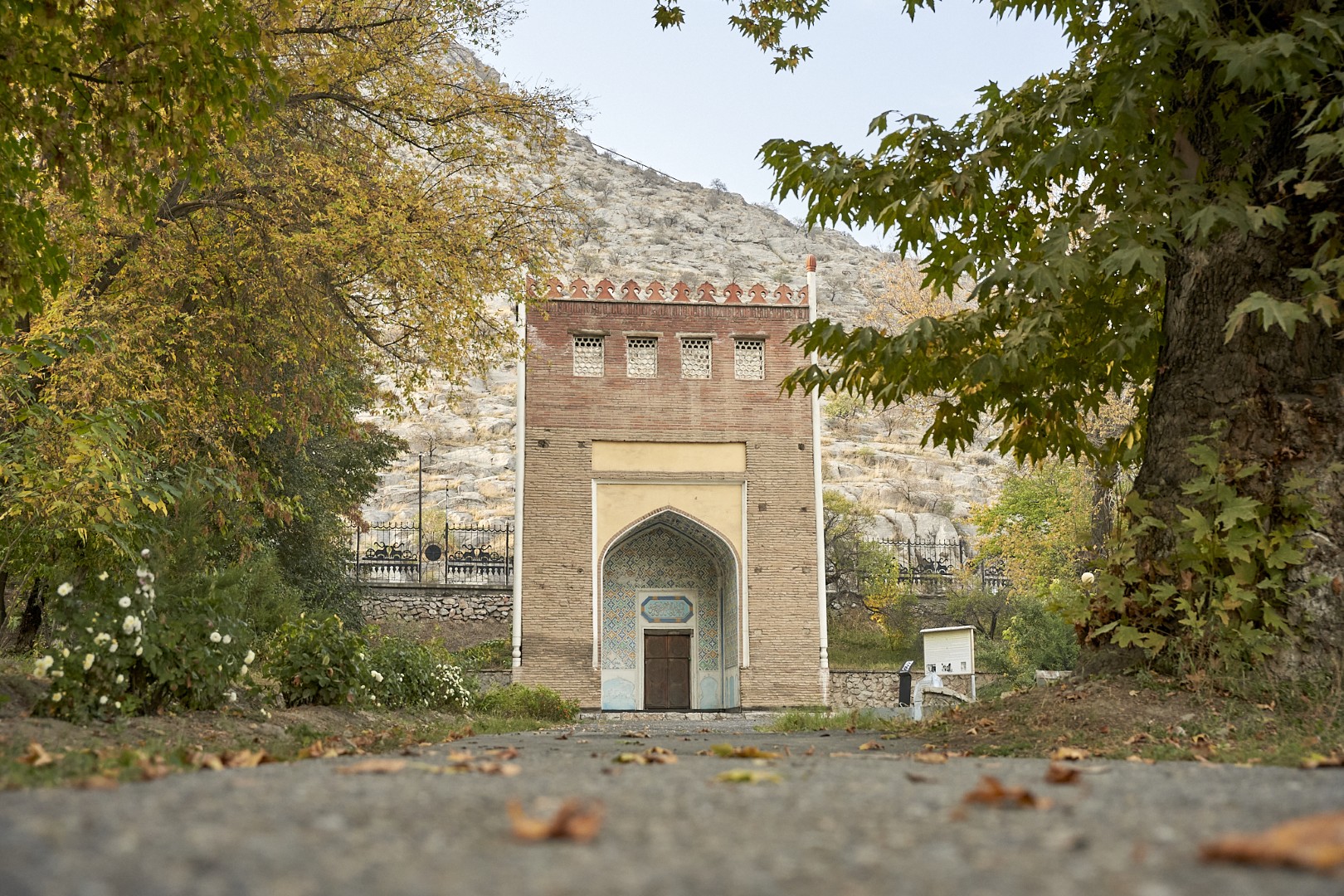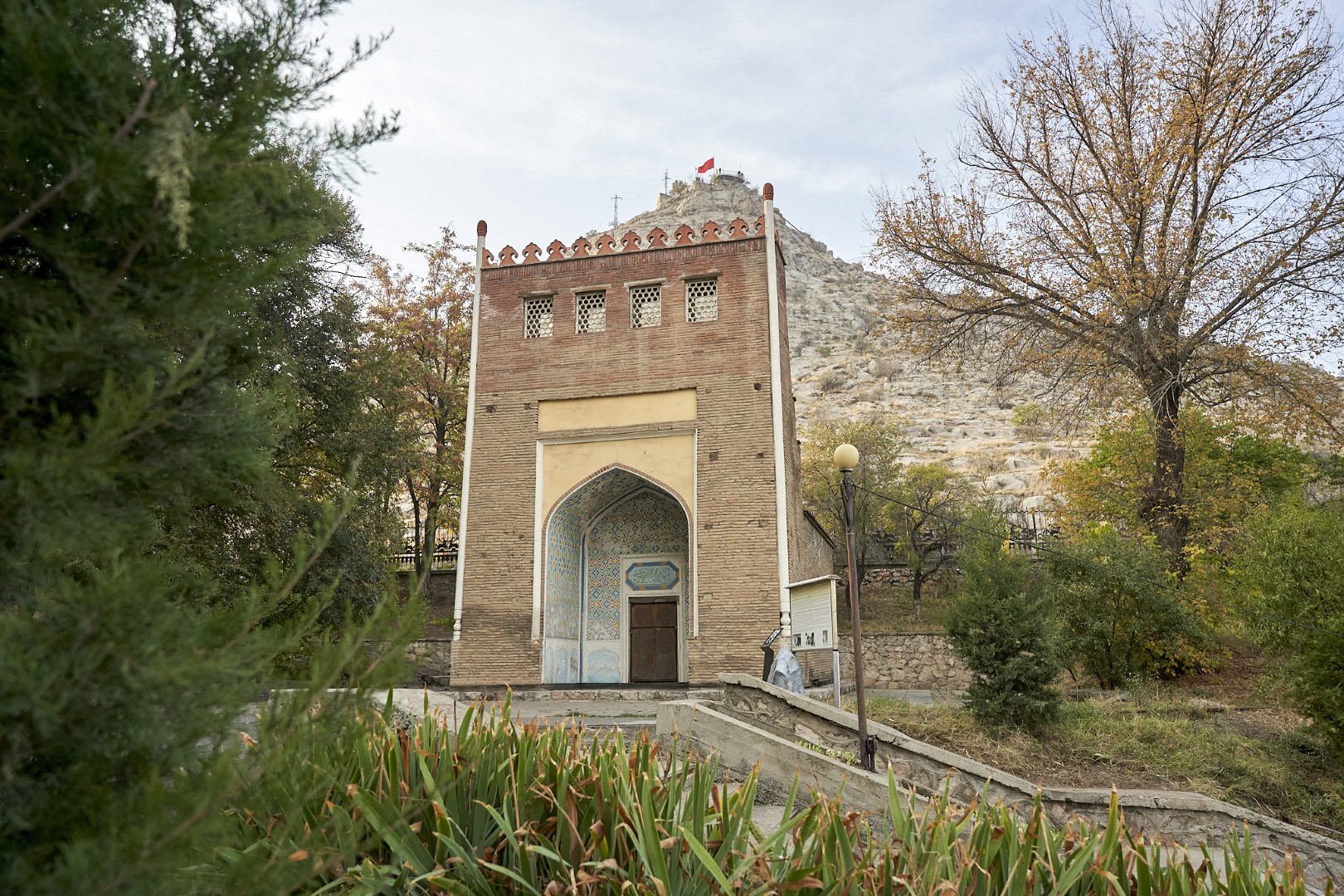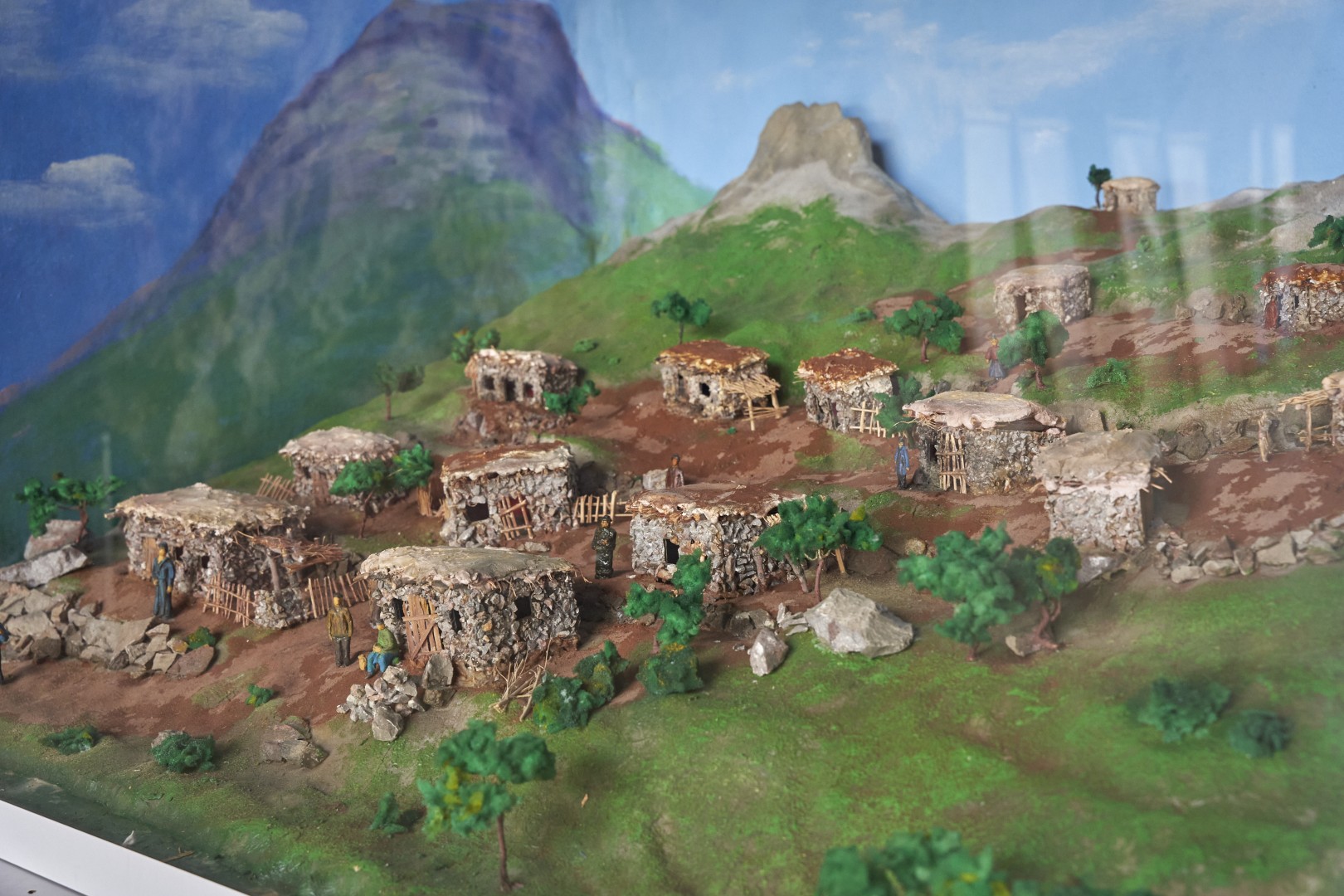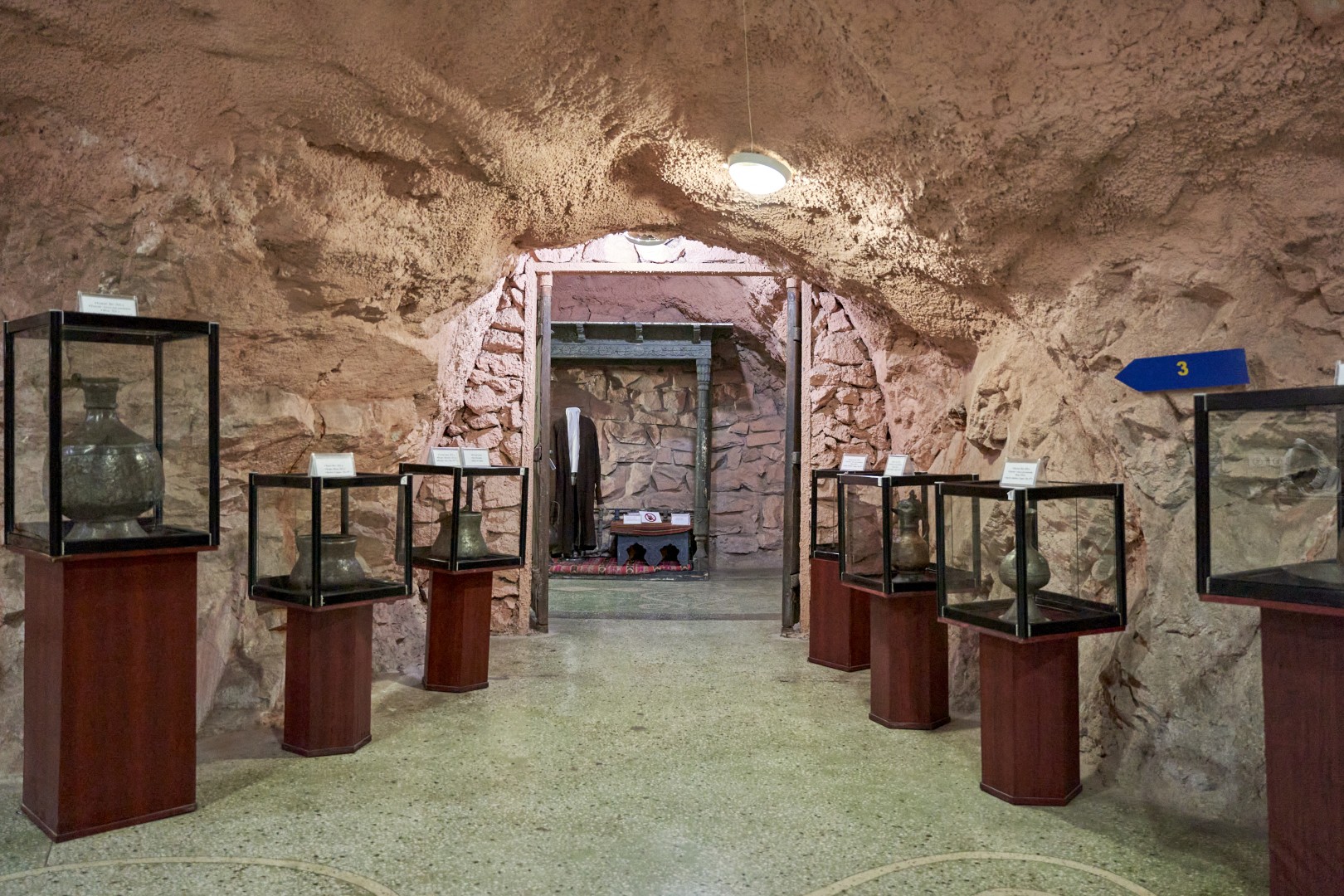

Entrance fee – Free

06:00 – 20:00

During prayer times
Women must cover their heads
Add to My Tour
Asaf ibn Burhia Mausoleum
Asaf ibn Burhia Mausoleum is located on the southeastern slope of Suleiman Mountain, and was built in the 18th century in the traditions of the Fergana architectural school. In historical chronicles it is mentioned as a mazar, or shrine. The cult of mazars in Islam began to develop from the 10th century, and the Sufis played a special role in this. Mosques, madrasahs and caravanserais were often built around them.
The Osh district documents of 1904 record that the mazar at that time consisted of three mosques and a cemetery containing the grave of Asaf ibn Burhia. The legend states that he was one of the companions of the legendary king Suleiman (Solomon), whose dying wish was to be buried at the foot of the mountain in Osh.
Historian Lev Zimin, in The Muslim Tale of Osh, published in 1913, recalls that he was not allowed to go inside. The keeper of the mazar told him that inside there was a large stone over the grave of Asaf ibn Burhia.
One of the inner walls of the mausoleum was decorated with an inscription in the thuluth calligraphy style with a blessing for Ramadan, and a hadith about Suleiman was written in gold letters above the main door on a blue background, with the name of the master, Ahmed, carved on the door itself. Unfortunately, none of this has survived to this day.

In 1978, the mosque building next to the mausoleum was demolished. Prior to that, it had been used as a warehouse for a cannery. In 1980-1982, the first plan for the reconstruction of the mausoleum was developed, and city architects managed to restore the original size of the mausoleum, along with its main façade. The panjara, the lace-patterned grid common in Central Asian Muslim architecture which allows ventilation and indirect lighting of the room, was also restored.
There is an unsolved mystery in the mausoleum. During interior excavations, archaeologists discovered brickwork laid out in a herringbone pattern, going under the back wall, typical of the 10th -12th centuries, when the Karakhanids reigned supreme here. What could have been built on this site in their time?

Locations Nearby
-

Medieval Bath
The remnants of a medieval bathhouse at the northern foot of Suleiman Mountain were discovered quite unexpectedly in 1984 during construction work for a new…
-

Asaf Ibn Burhia
Asaf ibn Burhia Mausoleum is located on the southeastern slope of Suleiman Mountain, and was built in the 18th century in the traditions of the…
-

Artisans Quarter
Artisans Quarter is one of the favorite urban subjects of Osh painters. After Suleiman Mountain, it is the most recognizable location portrayed by local landscape…
-

Madrasah of Khalmurzay and Mukhammedbay Turk
Today, in the square between Navoi, Kurmanjan Datka and Lenin Streets, it is difficult to find the outlines of the old quarter of Osh. It…
Other Locations
-

The beginning: Osh settlement
In 1967, Elena Druzhinina, the Head of the Pre-Soviet History Department of the Osh Regional Local History Museum, found fragments of ceramics identical in origin…
-

Gate of Fire at Suleiman Mountain
Ancient Osh with its majestic Suleiman Mountain has a magic power, attracting adherents of various religions and beliefs, serving as a place of pilgrimage for…
-

Museum in Rushan Cave
On a hot July day in 1978, the new Historical and Local History Museum of Osh, housed within a winding complex of 13 caves and…
-

Original Samsa is in Osh!
Together with pilau, samsa is one of the five culinary staples of Osh. It is difficult to imagine Osh cuisine without it. Unlike the samsa…




